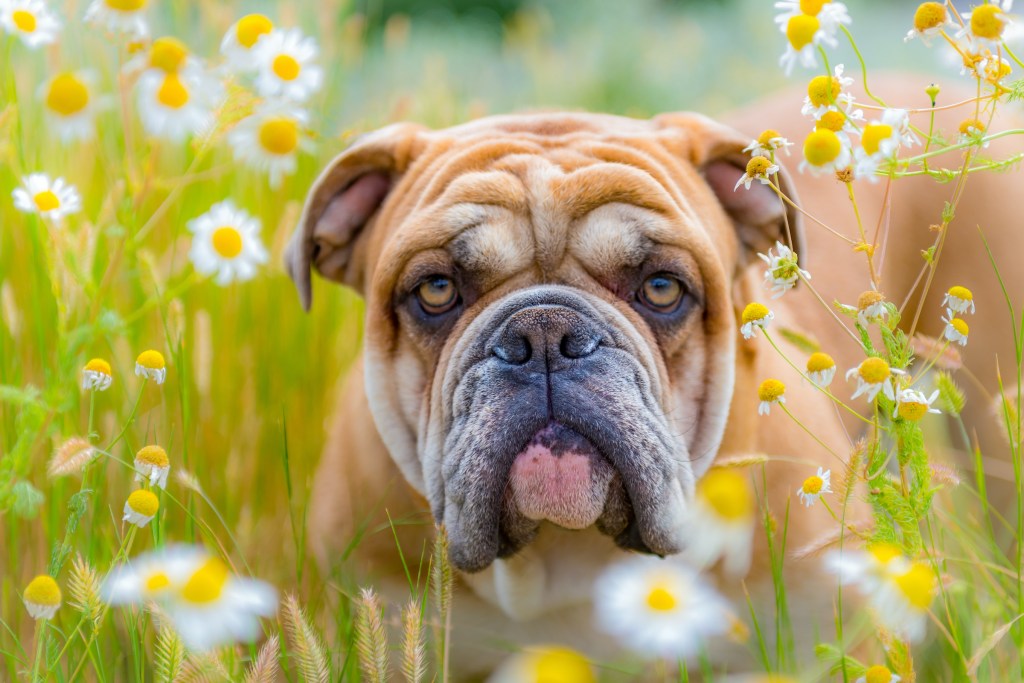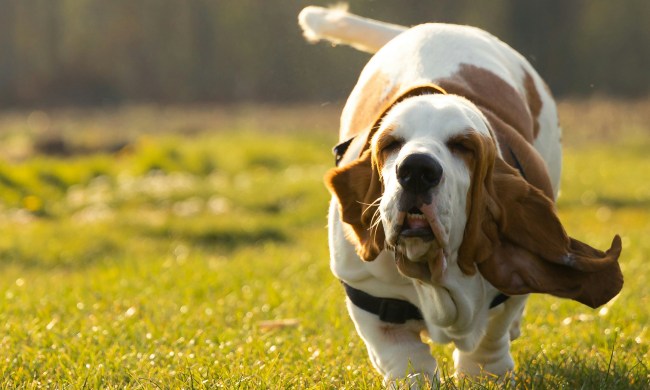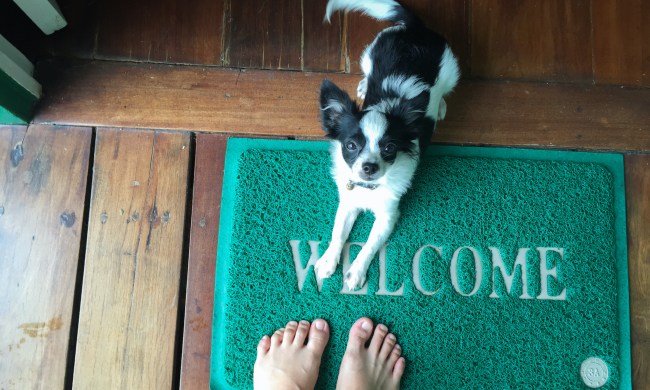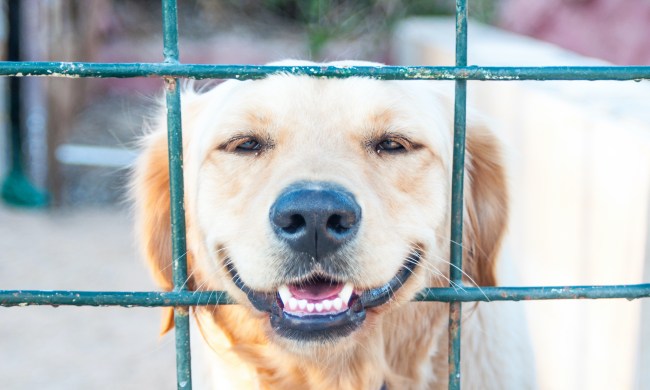Despite their tenacity and courage, English bulldogs aren’t made of steel. These little tanks are ready to learn new commands and quick to alert when something’s the matter, but when it comes to exercise, a little goes a long way. Walking a bulldog will show you exactly why: they work a lot harder than most dogs just to keep moving. You’ll likely see heavy panting and a slower, bowl-legged stance, but that doesn’t mean walking has to be difficult.
Learning about your buddy’s breed is a great first step toward making the most of your walks. There really isn’t much you need to do in order to keep your bulldog safe and healthy — during exercise and while resting — so there’s no reason not to get started. Here’s everything you’ll want to know.
How long can you walk a bulldog?
Just like people, no two dogs are the same. Some bulldogs will be resistant to more than mild exercise, while others will be ready to roam for miles (with plenty of water and chances to cool down, of course). Typically, though, this breed needs between 20 and 40 minutes of exercise every day (via Hill’s Pet).
Many bulldogs will do best with two or more shorter sessions of walking or play instead of one longer one, especially since this brachycephalic breed can overheat and experience medical crises when overworked. Cristina Valas, DVM, explains that their unusually long soft palate and short airway create the perfect storm for breathing difficulties, especially when a dog is warm. This is just one more reason to get into the habit of carrying water on your walks and maybe even stopping for a break every now and again.

How much should you walk a bulldog?
When it comes to walking frequency, you may want to let your dog take the lead. If you’re noticing some rambunctious behavior between trips outside, for example, consider lengthening your next walk or even adding another to your schedule. On the other hand, if your bulldog sits down or shows any sign of discomfort while walking, it’s probably okay to take a step back. Don’t be afraid to do a little trial-and-error until you get your schedule set in stone — that’s how you’ll find what works!
Remember that not every trip outside has to be a full-on walk, either. If you have a secured yard you can let your fur baby out to potty and wander at their own pace, or you can put them on a leash for a short wander down the block — whatever helps them do their business. As for exercise, playtime and indoor activities can be awesome ways to tire out your pup between walks.
Do bulldogs not like walks?
Even though your bulldog will be content relaxing the hours away, notes The American Kennel Club, they both enjoy and need a bit of exercise every day. This can happen in the form of playtime or training, but walks provide opportunities for both exercise and mental stimulation which can’t happen in the home.
Walking a bulldog may be a lot slower and shorter than you’re used to, and that’s okay. This is a lot safer for your buddy and their unique anatomy, but it also gives them the chance to take in the sights and smells of the neighborhood while out and about. They’ll be able to do their business, stretch their legs, and tire themselves out for a good nap when you get home. Everybody wins!
Tips for walking a bulldog
First things first. Know the signs of heatstroke in brachycephalic dogs so that you can keep your best buddy safe. Stay in tune with your dog during exercise, and watch for the most obvious symptoms, as listed by Dr. Valas: hyperventilation, excessive drooling, vomiting, lethargy, incoordination, and bright red mucous membranes. To check your dog’s mucous membranes, simply look at the color of their gums and inner cheeks, says Urban Search and Rescue Veterinary Group. Pink is the color you want to see!
To help your buddy stay comfortable while walking, Cedar Lane Bulldogs recommends going out in the mornings or evenings instead of the warmer parts of the day. You should also bring water with you, and be prepared to stop for a break when needed. It’s also okay to let your bulldog set the pace of the stroll. After all, this is their exercise time — not yours!
As fun as bulldog walking can be, try to keep an open mind; there are so many other ways you can exercise your pup. Your dog may even expend enough energy just playing with you or other furry companions, though at-home activities shouldn’t 100% replace a walk around the neighborhood. With a little time and patience, though, you and your bulldog will find the exercise routine that works best for you.



